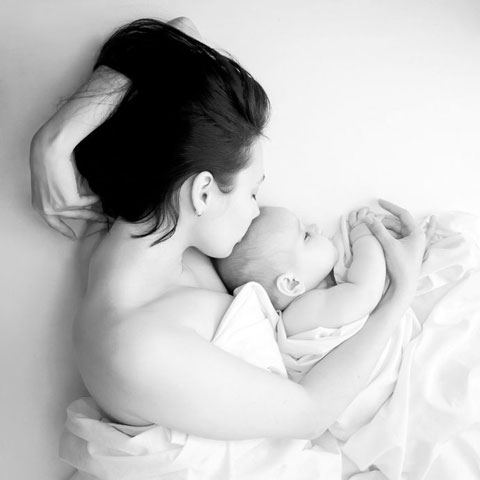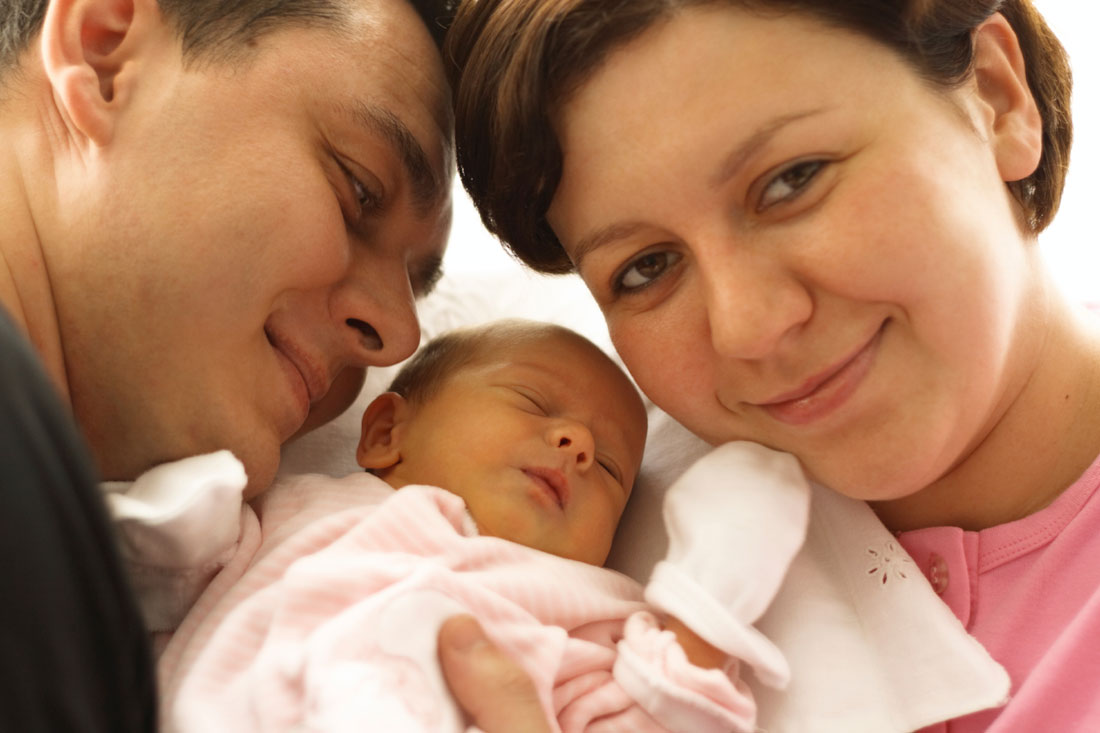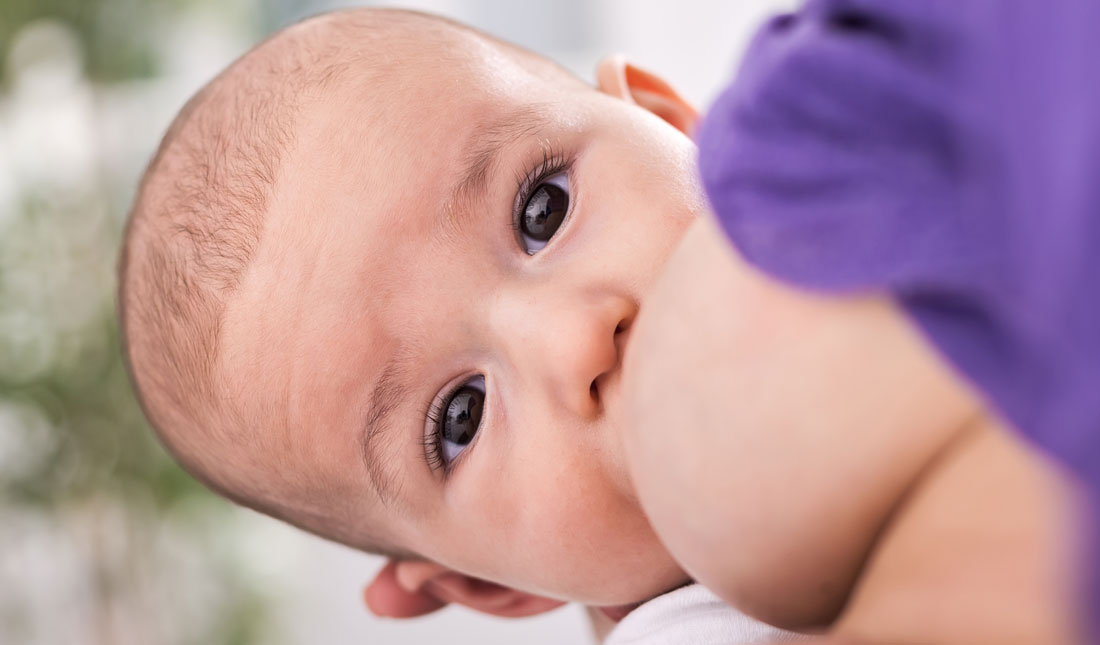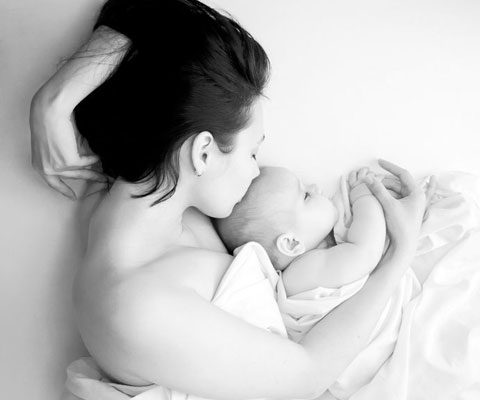Attachment Parenting With a New Baby – What it Really Looks Like
 You’d think parenting would be a breeze by now – after all, humans have been having babies for a very long time. But parenting a newborn, especially your first, is still full of decisions. How should you feed them, and when? How do you transport them when you want to go somewhere? Where’s the best place for them to sleep? One school of thought that has its own answers to these sorts of questions is attachment parenting.
You’d think parenting would be a breeze by now – after all, humans have been having babies for a very long time. But parenting a newborn, especially your first, is still full of decisions. How should you feed them, and when? How do you transport them when you want to go somewhere? Where’s the best place for them to sleep? One school of thought that has its own answers to these sorts of questions is attachment parenting.
Attachment Parenting and Its Advantages
This parenting style aims to create a robust and secure bond between you and your baby. Attachment parenting is all about empathy, responsiveness and physical closeness. It means being in tune with your little one’s signals, interpreting them accurately, and then responding to their needs with warmth, affection and love.
As a result of developing a secure attachment to you, it’s believed your child will feel safe to explore the world. In turn, this safe exploration supports their physical and mental development.
Emotional responsiveness aligns well with the scientific study of attachment. It suggests that a secure attachment in infancy predicts better relationships and functioning in adulthood.
The main contributors to the philosophy are paediatrician William Sears and nurse Martha Sears. They list eight key principles of attachment parenting:
- Prepare for pregnancy, birth, and parenting
- Feed with love and respect
- Respond with sensitivity
- Use nurturing touch
- Ensure safe sleep, physically and emotionally
- Provide consistent and loving care
- Practice positive discipline
- Strive for balance in your personal and family life
Potential Downsides of Attachment Parenting
Some people argue attachment parenting asks too much of the parents (especially the mother). They think it means having the baby always at the breast, never leaving them with anyone else and bed-sharing for years. Indeed, some well-intentioned parents can take responsiveness to the extreme, jumping to meet the baby’s needs at every murmur.
As a result, some mums have written about how attachment parenting made them exhausted and miserable. However, this rigid adherence is probably not in keeping with authentic attachment parenting. A parent whose own needs are unfulfilled can’t easily meet others’ needs. And attachment parenting does encourage you to seek balance.

What Attachment Parenting a Newborn Looks Like
Like any parenting advice that anyone gives you, following it to the letter is not always the best idea. It can be smarter to take what works and leave the rest.
Rather than being a checklist – breastfeeding, babywearing and co-sleeping – attachment parenting is a way of approaching things. You can take an attachment parenting approach even if strollers, alternate feeding methods and separate beds are best for you. The key is being in tune with and responsive to the child’s needs.
Attachment Parenting at Birth
Ideally, you will be holding your baby for skin-to-skin contact immediately after birth, and maybe talking to them. If this isn’t doable, for whatever reason, then the father or someone else can provide a nurturing cuddle. You would also give baby access to the breast (your midwife can help) give yourself the best breastfeeding chance.
Newborns Sleep and Attachment Parenting
One of the biggest concerns for new parents is babies’ sleeping habits (and especially how they affect their sleep!) Dr Sears has said there is no right or wrong place for babies to sleep. One of the most important things is to be flexible in finding the arrangements that work for you, whether sleeping in your bed or their bed. It’s also vital to be realistic in terms of your expectations of how well babies sleep.
Feeding and Attachment Parenting
As well as sleep, feeding is another hot topic with new babies. Being responsive doesn’t mean you have to feed the baby every time they make a noise. Babies make noise to communicate hunger and other things such as tiredness and discomfort. Responsive breastfeeding is to breastfeed when the baby shows hunger cues, and not every time they make a noise. While breastfeeding has many benefits, it is also achievable to be an “attachment parent” and use infant formula if breastfeeding is not possible. You can still share close, loving cuddles and eye contact while holding a bottle.

Getting a Break as an Attachment Parent
Staying close to your baby to strengthen your bond doesn’t mean that other members of your village can’t care for bub in attachment parenting. In some societies that still practice a traditional hunter-gatherer lifestyle, babies spend much of their time in other relatives’ arms. As long as they are loving and responsive, this fits with the attachment parenting style, especially if they’re someone who will be part of your life over the long term.
Again, attachment parenting a newborn means being responsive to the baby’s needs. When visitors come over to see the baby, watch her cues. Is she happy to have cuddles with other people, or would she rather stay with mum at that moment?
When you’re caring for baby, it’s great to smile at her and talk to her, especially when you’ve noticed her making little sounds and looking at you. It’s also OK to put her down beside you for 10 minutes out while you catch up on texts or read your book.
Having empathy for yourself and being in tune with your own needs will help you do the same for bub, and ultimately create a healthier long-term attachment.
Reference List
PBB aims to keep you informed with the latest research-based information. Check out our reference list used in the creation of this article.
Published 16th January 2021
About the Author
Louise Wedgwood is a freelance health and parenting writer, working with magazines, online publications and businesses. She has a background in health science, and enjoys helping parents make evidence-based choices. Her own children have shown her making the right decisions is never black-and-white.
Share this Post
Recent Posts
Recent Comments
- Jane Palmer on Babies Second time Around
- Erica on Babies Second time Around
- Laura-Jane Marsden on Early ovulation on the 9th day of your cycle. Is it a problem?
- Laura-Jane Marsden on Early ovulation on the 9th day of your cycle. Is it a problem?
- Alicia on Early ovulation on the 9th day of your cycle. Is it a problem?
Archives
Categories
PBB’s Social Media Pages
The post Attachment Parenting With a New Baby – What it Really Looks Like appeared first on Pregnancy Birth and Beyond.
Read Original Article: Attachment Parenting With a New Baby – What it Really Looks Like »




